When your guest is a birder, or rather a lister, who has traveled the world and seen over 3500 species, the first question that comes to your mind is… will I be able to amaze him?
What better way to start a birding tour between Apulia and Basilicata than with the exploration of the Murgian plateau in the Alta Murgia National Park? The area is extremely interesting, thanks to the presence of species linked to the steppe and semi-arid environments and a large number of birds of prey, including one of the most important populations in the world of Lesser Kestrel (Falco naumanni).
Our tour begins on the first of September, when Vittoria d’Agostino and Simone Todisco, expert environmental hiking guides, goes to Matera around 12:30 AM to meet Dr. D. Doolittle (what more suitable name for an animal lover?).
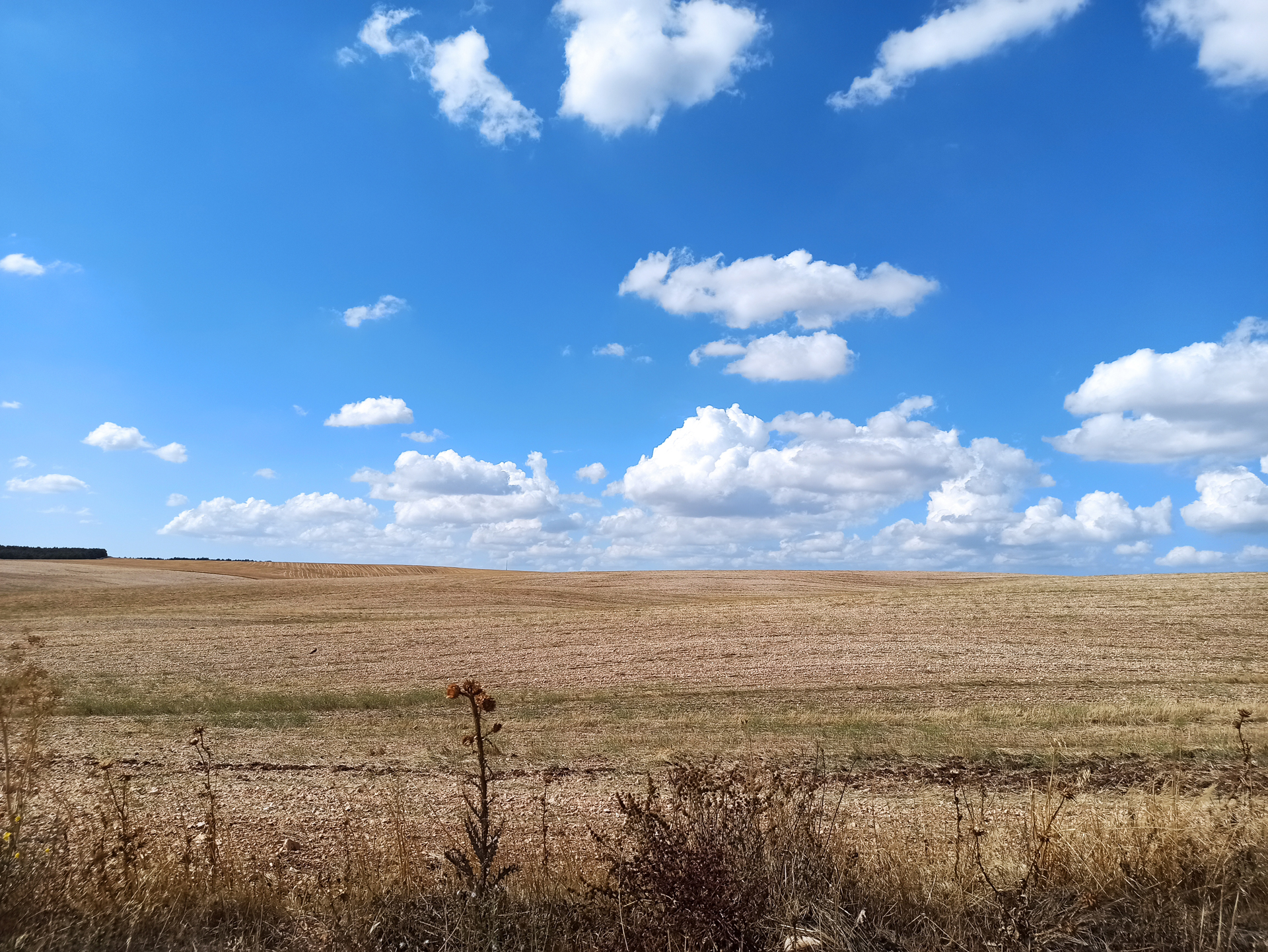
From Matera we leave for the Murgian escarpment, in the Gravina in Puglia countryside, where for most of the afternoon we will explore the largest number of environments that the Alta Murgia can offer. Immersed in the silence of infinite spaces, made of outcropping rocks, uncultivated meadows, plowed fields, pseudo-steppe areas, between sheep tracks and farms, the observed species become more and more interesting.
The first species observed is the majestic Short-toed Snake Eagle (Circaetus gallicus) mobbed by a Common Buzzard (Buteo buteo), surrounding and as far as the eye can see a lot of Lesser Kestrels. Near a farm there is the ideal context for observing Passerines: in fact, in addition to groups of Italian Sparrow (Passer italiae) and Spanish Sparrow (Passer hispaniolensis), Common Starlings (Sturnus vulgaris) and some Western Jackdaws (Coloeus monedula), in the fields immediately in front, we also see the first Zitting Cisticola (Cisticola juncidis) and the first Subalpine Warbler (Sylvia cantillans).
Short-toed Snake Eagle. Photo by Cristiano Liuzzi.
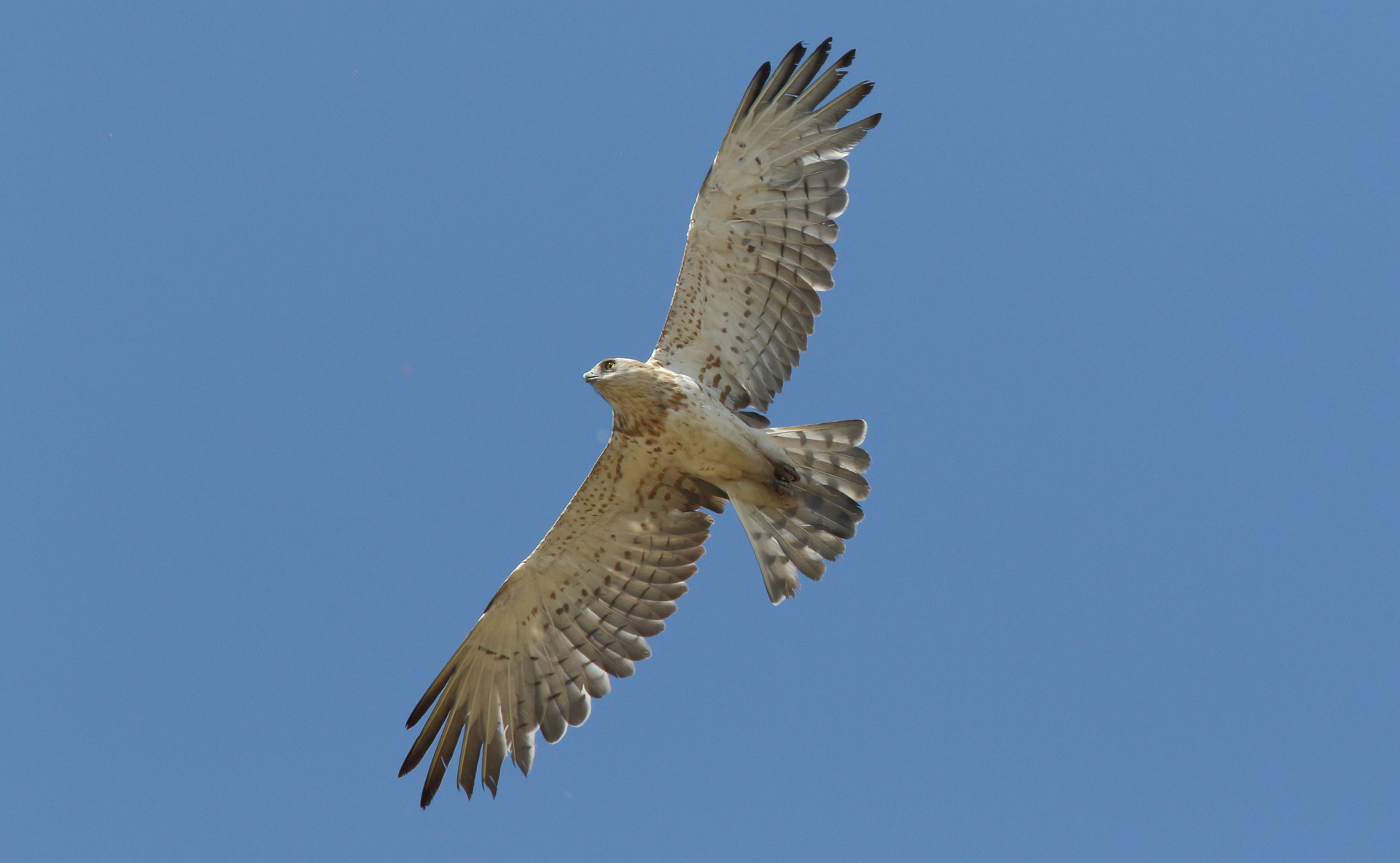
Moving along the road, several Red Kites (Milvus milvus) can be admired and the first signs of migration make us come across a beautiful Montagu’s Harrier (Circus pygargus) soaring on a field. Among the piles of stone, there are numerous Northern Wheatears (Oenanthe oenanthe), some Western Black-eared Wheatears (Oenanthe hispanica), some Tawny Pipits (Anthus campestris) and a curious Little Owl (Athene noctua) observes us cautiously from afar.
Montagu's Harrier. Photo by Cristiano Liuzzi.
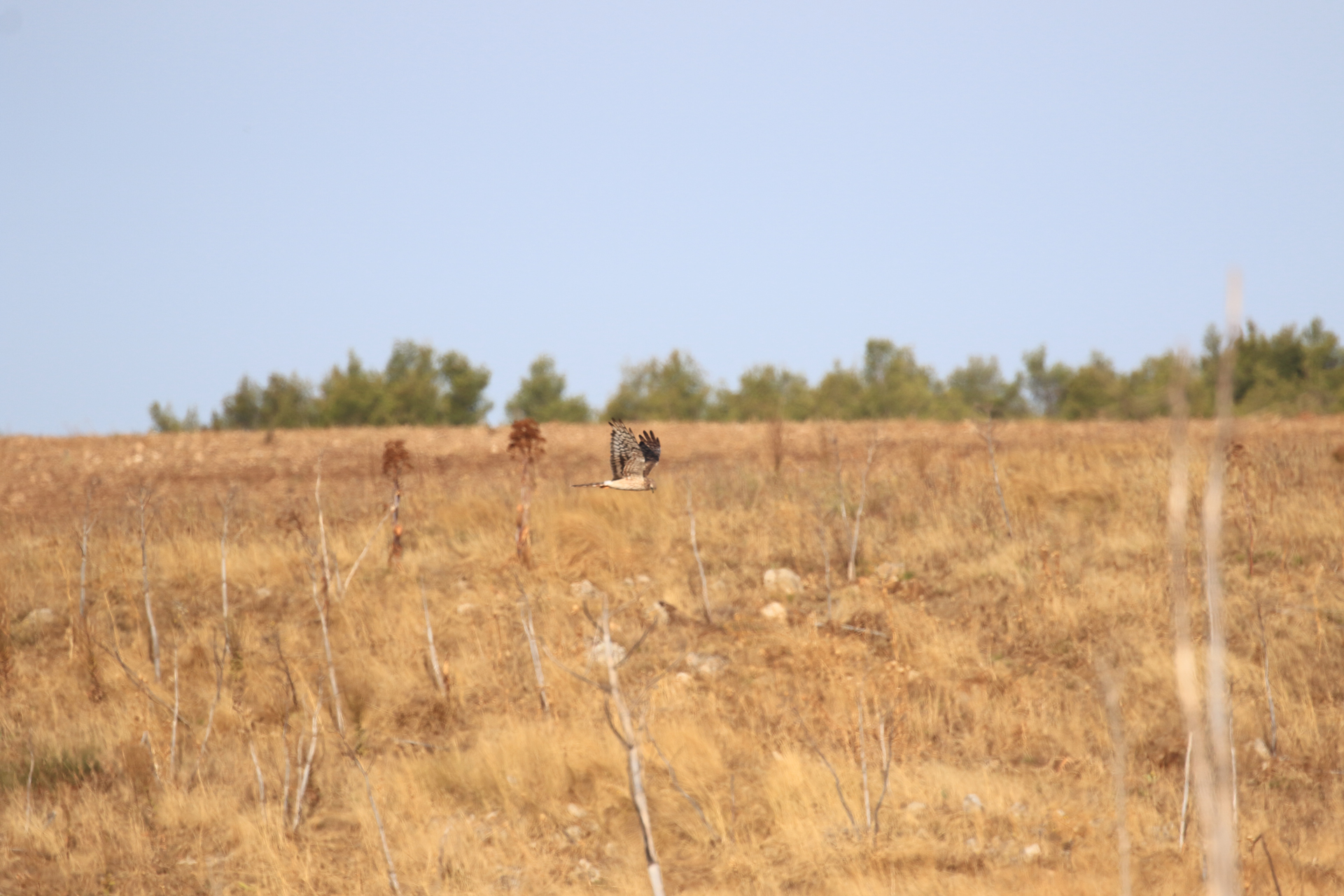
A blue reflection attracts our attention, they are two wonderful European Rollers (Coracias garrulus) and between a wild pear tree and an almond tree we also first observe a Red-backed Shrike (Lanius collurio) and shortly after a Woodchat Shrike (Lanius senator).
We continue our journey along the Murgian escarpment, encountering numerous groups of Corn Buntings (Emberiza calandra) and small groups of Crested Larks (Galerida cristata); some little birds play hide and seek among grass and bushes, among these we recognize a Spectacled Warbler (Sylvia conspicillata); in the distance we observe two Ravens (Corvus corax) standing in a field among dozens of Hooded Crows (Corvus cornix).
European Roller. Photo by Cristiano Liuzzi.
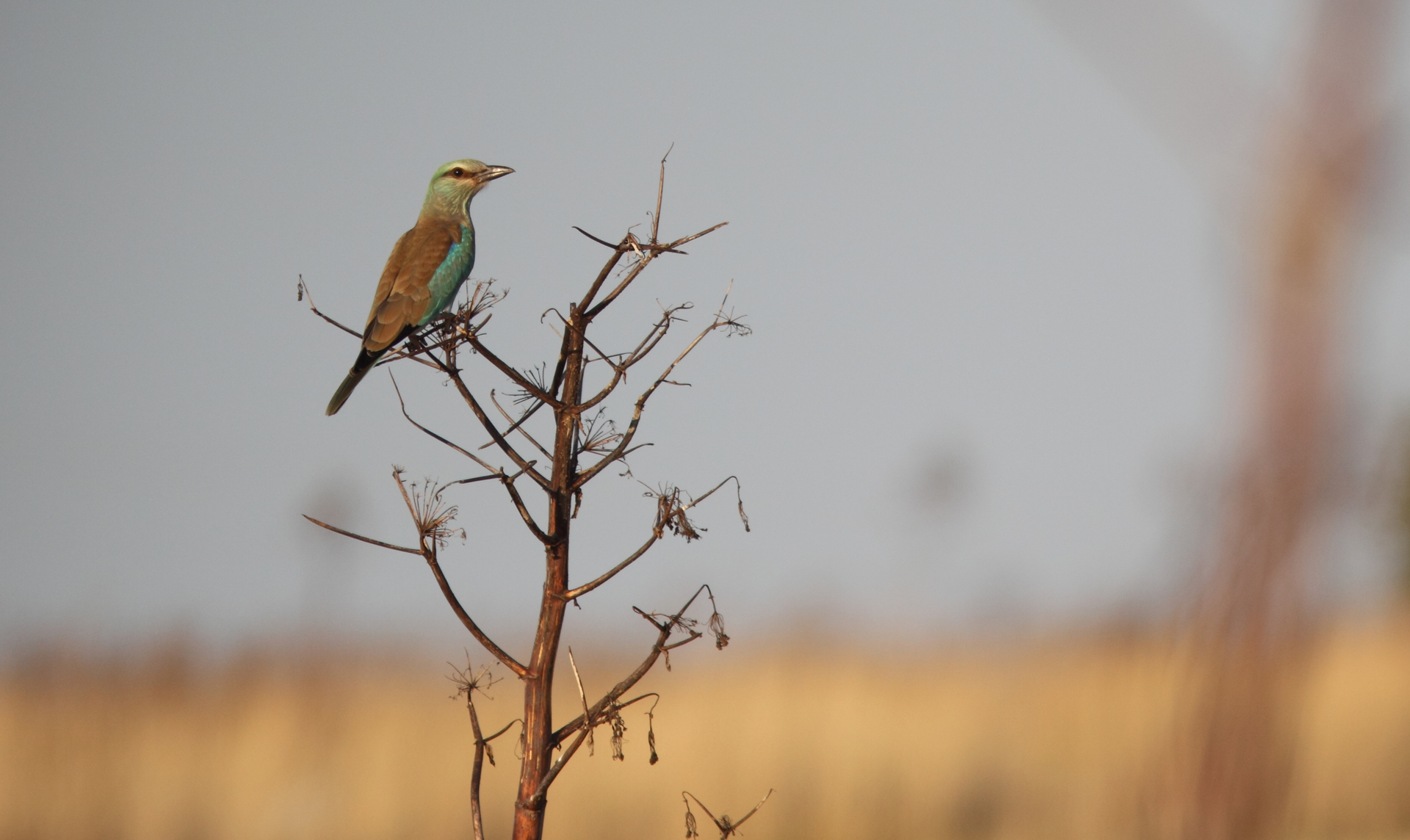
It is time to change the area and therefore we head towards the Basentello Dam to admire the sunset. Descending from the escarpment we head towards the small village of Poggiorsini (BA), where a well-deserved coffee awaits us.
As we continue towards the reservoir, a cloud of birds suddenly rises from a field; it would have gone completely unnoticed because it was perfectly camouflaged with the plowed field, had it not been for the attack launched by a Peregrine Falcon (Falco peregrinus).
We stop to admire the scene and count over 200 birds, including Corn Buntinds, Calandra Larks (Melanocorypha calandra), Greater Short-toed Larks (Calandrella brachydactyla) and Skylarks (Alauda arvensis). We return to the car, it is just a short distance away from the reservoir. The drought of the past months allows us to get very close to the shore, where several individuals of Montagu’s Harrier, an hunting Western Marsh Harrier (Circus aeruginosus) and a fleeting Eurasian Sparrowhawk (Accipiter nisus) await us.
Calandra Lark. Photo by Cristiano Liuzzi.
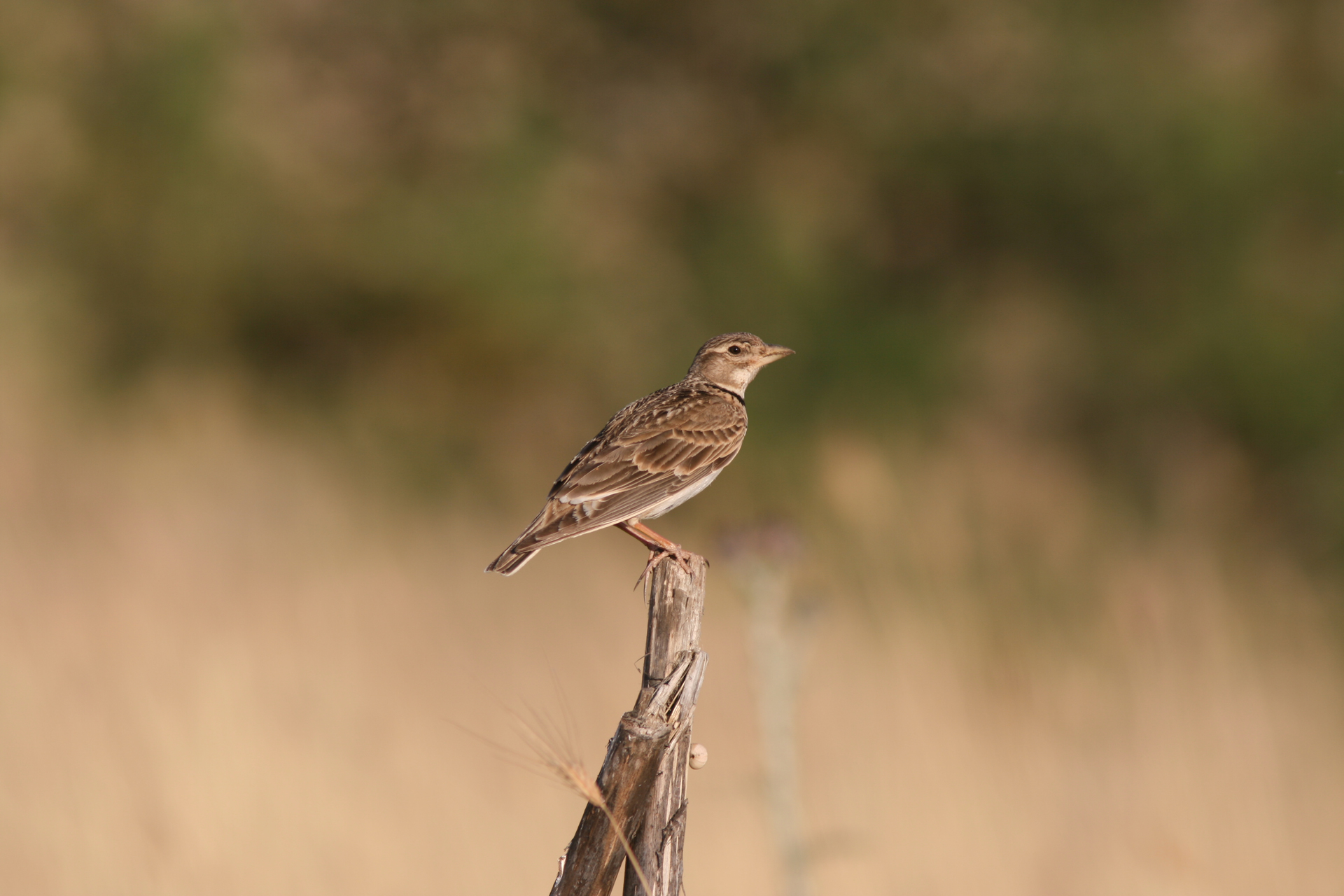
We set the spotting scope to look at the waders along the shore, we observe: Little Ringed Plovers (Charadrius dubius), Common Greenshanks (Tringa nebularia), Little Stints (Calidris minuta), Ruffs (Philomachus pugnax); in the sky we spot a lot of Pallid Swifts (Apus pallidus) and groups of Great Cormorants (Phalacrocorax carbo) move from one side of the dam to the other.
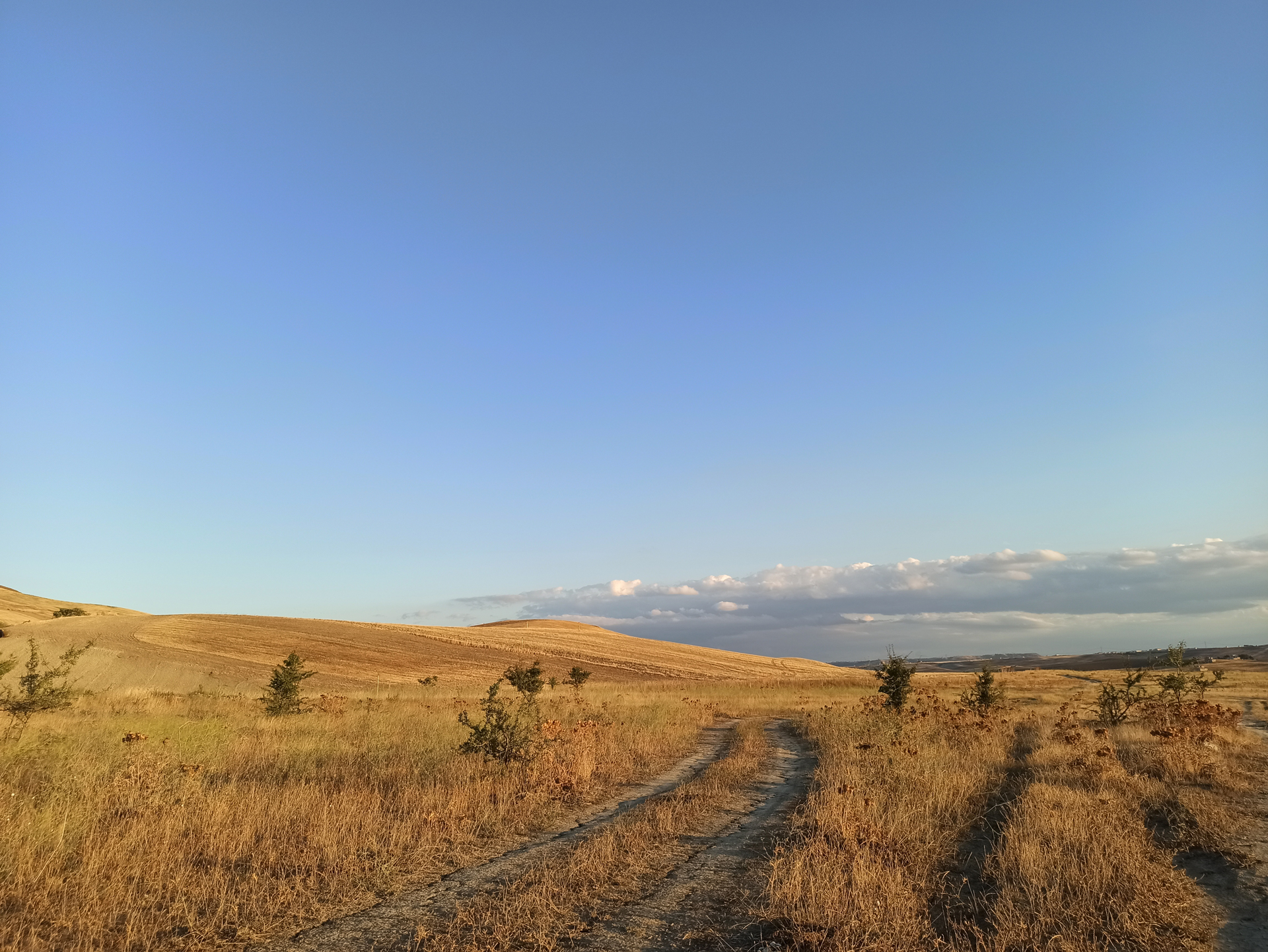
The sunset is fascinating, magical in the silence of the lake, Little Egrets (Egretta garzetta), Grey Herons (Ardea cinerea), Cattle Egrets (Bubulcus ibis), Great Egrets (Ardea alba) and also Eurasian Spoonbills (Platalea leucorodia) are in full swing . There are also some ducks but by now it is too dark and we cannot identify them.
Thus ends our first afternoon of birdwatching with a total of 48 species and more than 10 lifers for our birder! We arrive in Matera which is now dark, tired but very satisfied!
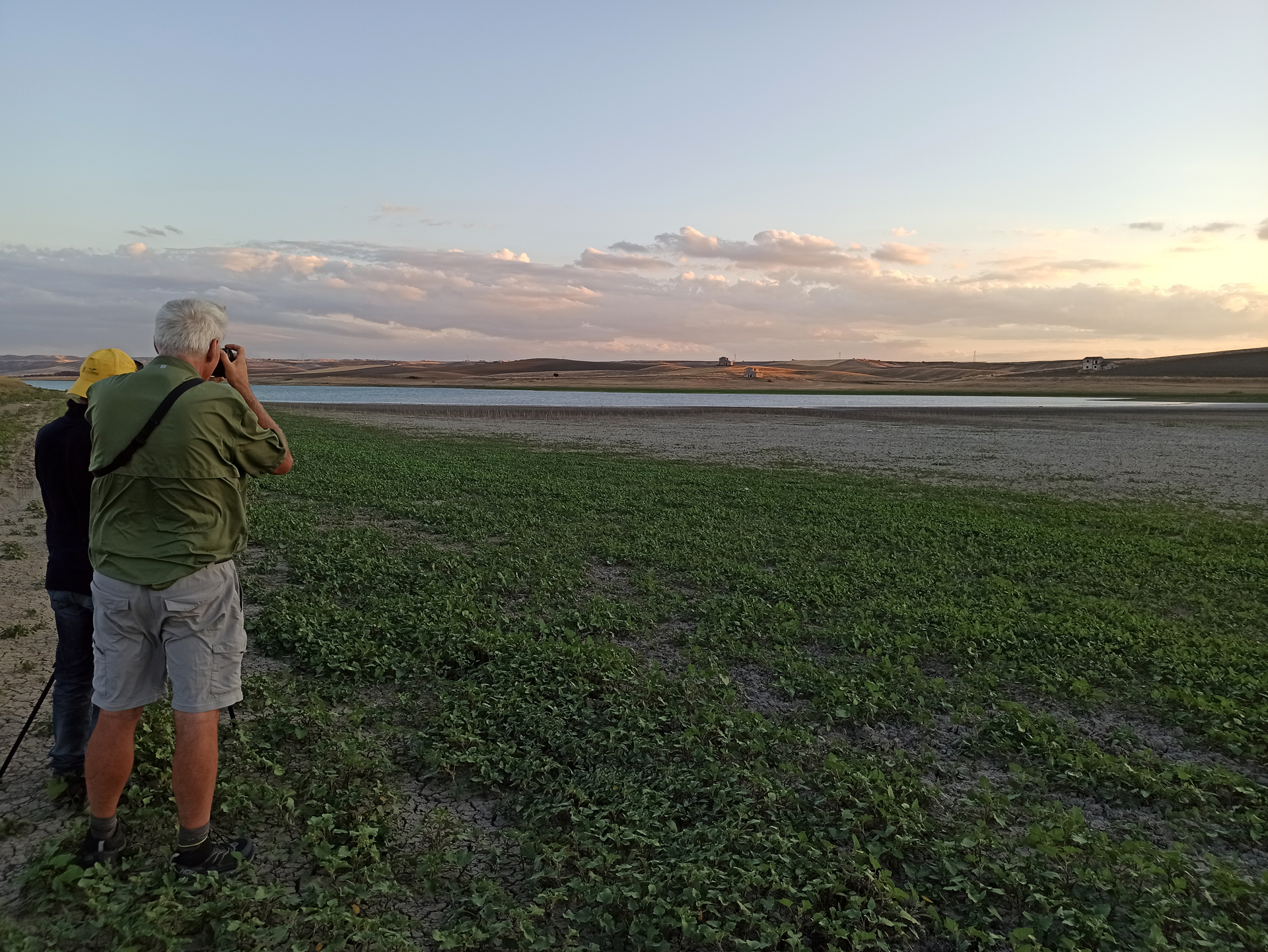
For the second afternoon we move along the Ionian coast, between the backdunal ponds, the coastal pine forests and the Agri river mouth, between Policoro and Scanzano Ionico (PZ). Unfortunately, the day is very warm and the wind is much stronger than the previous day. But let’s not give up. We park and move on foot.
A group of about thirty Little Egrets welcomes us; a little farther on, in a first pool, we contact a Glossy Ibis (Plegadis falcinellus) and some Little and Common Ringed Plovers (Charadrius hiaticula); the first ducks in a long canal: Northern Shovelers (Spatula clypeata), some Eurasian Teals (Anas crecca) and Mallards (Anas platyrhynchos). Together with them some waders and small groups of Little Grebes (Tachybaptus ruficollis) with some Black-necked Grebes (Podiceps nigricollis).
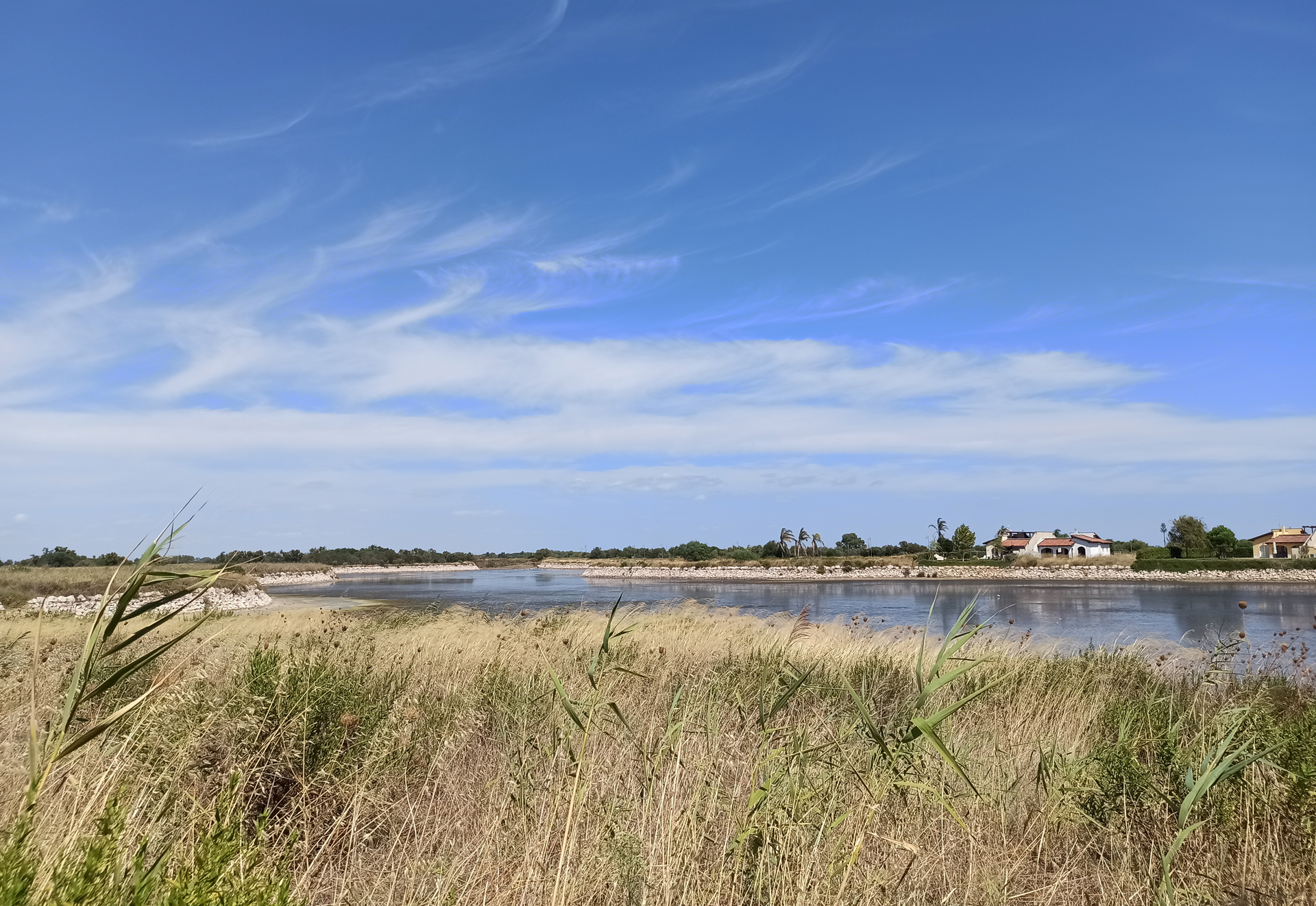
In the meantime, Common House Martins (Delichon urbicum) whizzes in the sky and about fifteen European Bee-eaters (Merops apiaster) parade in front of us.
We must reach the coast line and the ponds close behind to find the bulk of the birds, in addition to the Teals and Shovelers already encountered before, we find Greenshanks, Common Redshanks (Tringa totanus), Ruffs , Spotted Redshanks (Tringa erythropus), a Grey Plover (Pluvialis squatarola), a Eurasian Curlew (Numenius arquata), Common Sandpiper (Actitis hypoleucos), Wood Sandpiper (Tringa glareola) and Dunlins (Calidris alpina).
A few Eurasian Coots (Fulica atra) here and there emerge from the riparian vegetation and a Water Rail (Rallus aquaticus) calls not far away.
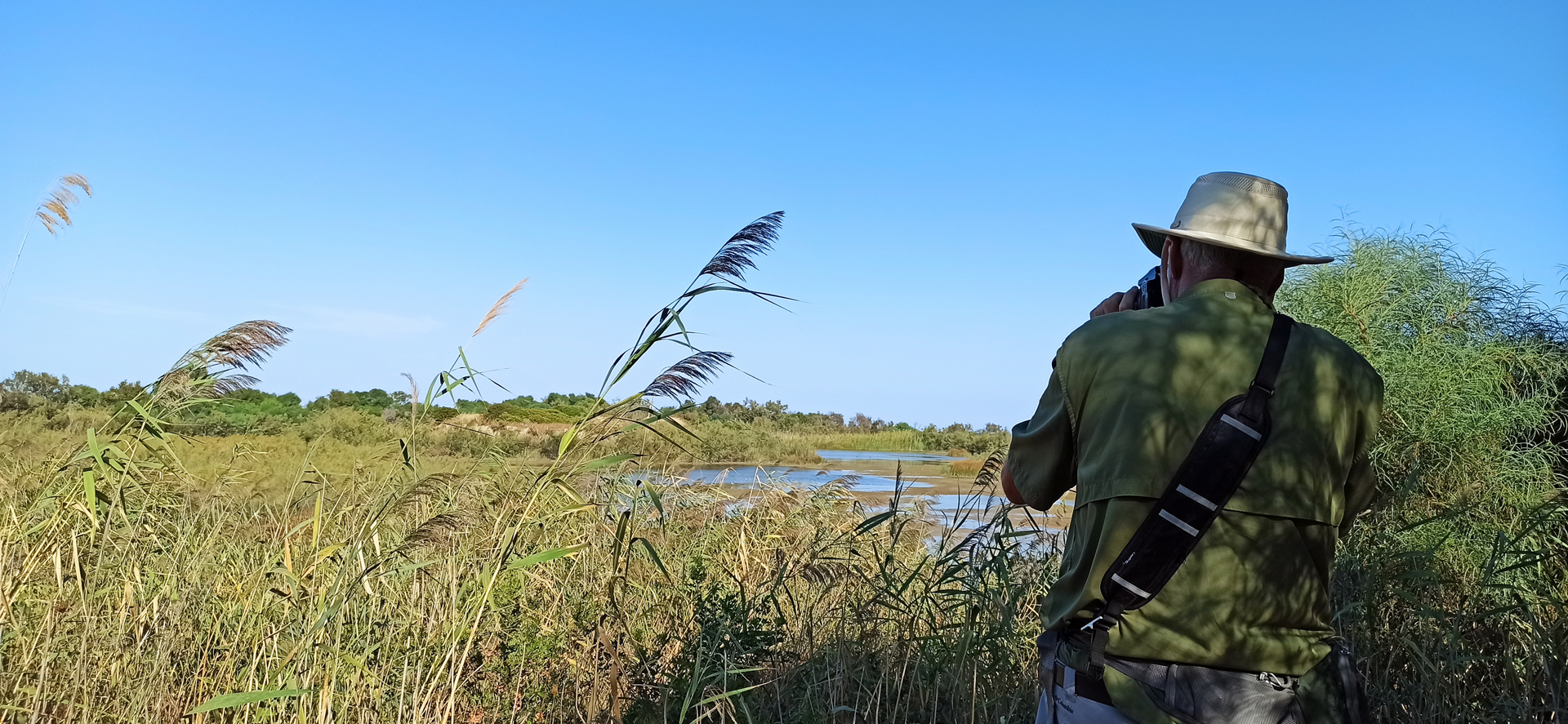
The wind is too strong for the Passerines, which look like splinters, but we can still identify the Eurasian Penduline Tits (Remiz pendulinus), the Cetti’s Warbler (Cettia cetti) and the Yellow Wagtail (Motacilla flava). While we continue we observe also a large Green Whip Snake (Hierophis viridiflavus), lying in the sun in the middle of the path.
Once on the coastline, the Black-headed (Chroicocephalus ridibundus), Mediterranean (Ichthyaetus melanocephalus) and Yellow-legged Gulls (Larus michahellis) do not let themselves wait.
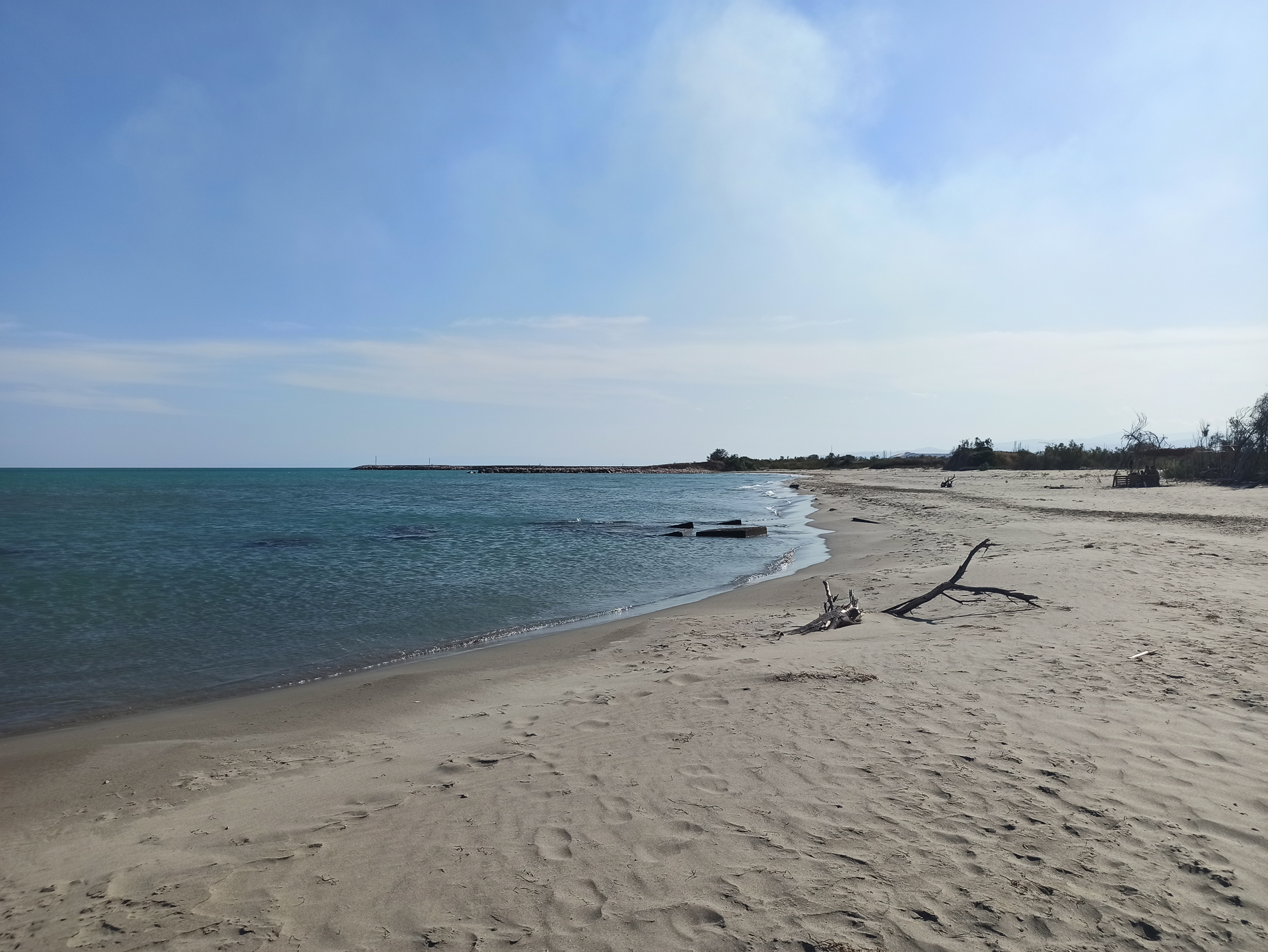
The afternoon passes quickly and we find ourselves again close to 5.00 PM. A last look also at the dragonflies that defying the wind give a fine show of themselves, managing to identify the Anax imperator, the Anax parthenope, the Sympetrum fonscolobii and the Crocothemis erythraea.
Even today we want to finish with a flourish and we begin to go back to make the last lap in the Murgia Materna, in particular on the Gravina.
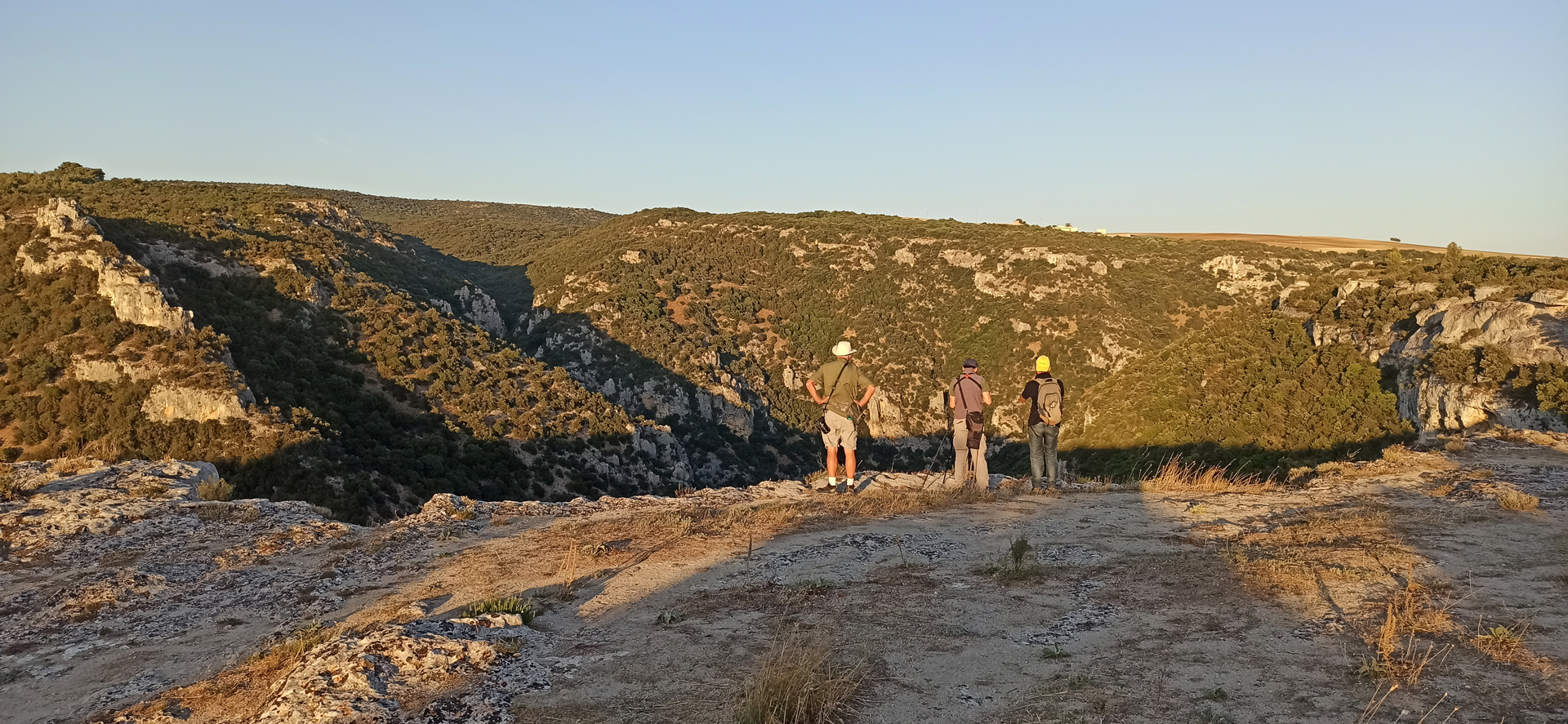
We arrive around 06.00 PM, leave the car and look out over the great canyon dotted with numerous caves and more or less impressive cavities. The place is fascinating as always and gives us the last goodies of the day: a Black Stork (Ciconia nigra) resting in a corner of the stream at the bottom of the canyon, Black Kites (Milvus migrans) and Red Kites, a Short-toed Snake Eagle in the distance and a Blue Rock Sparrow (Monticola solitarius). The last to greet us are Long-tailed Tit (Aegithalos caudatus).
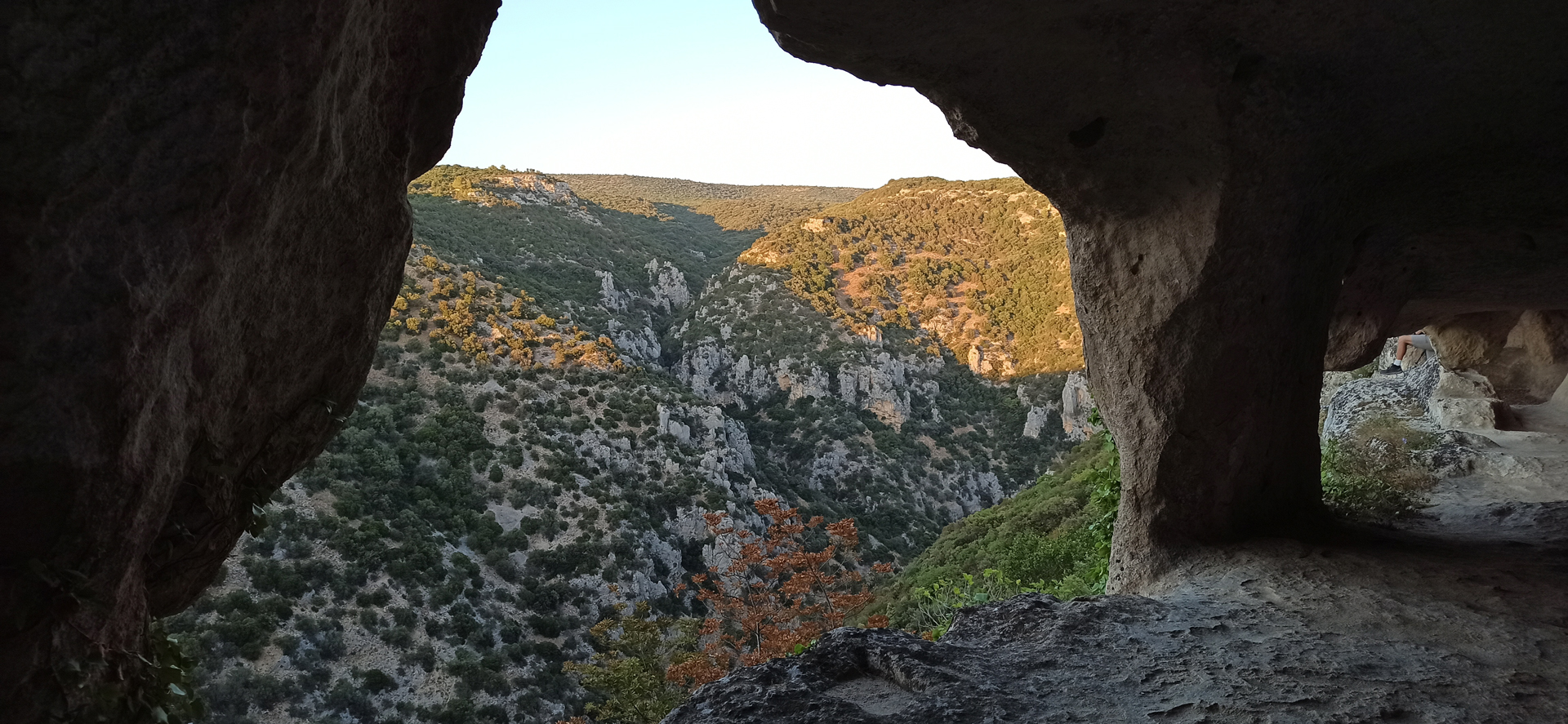
This second day is also over. 56 species were contacted and another 10 “lifers” for our satisfied guest.
In total we contacted 78 species. Our birder’s journey will continue in Sicily and then in Campania, waiting for other birding day trips in the company of the expert zoologists of K’ Nature, ready as always to give their best!
Text and photos by Vittoria d’Agostino
Lesser Kestrel. Photo by Cristiano Liuzzi.
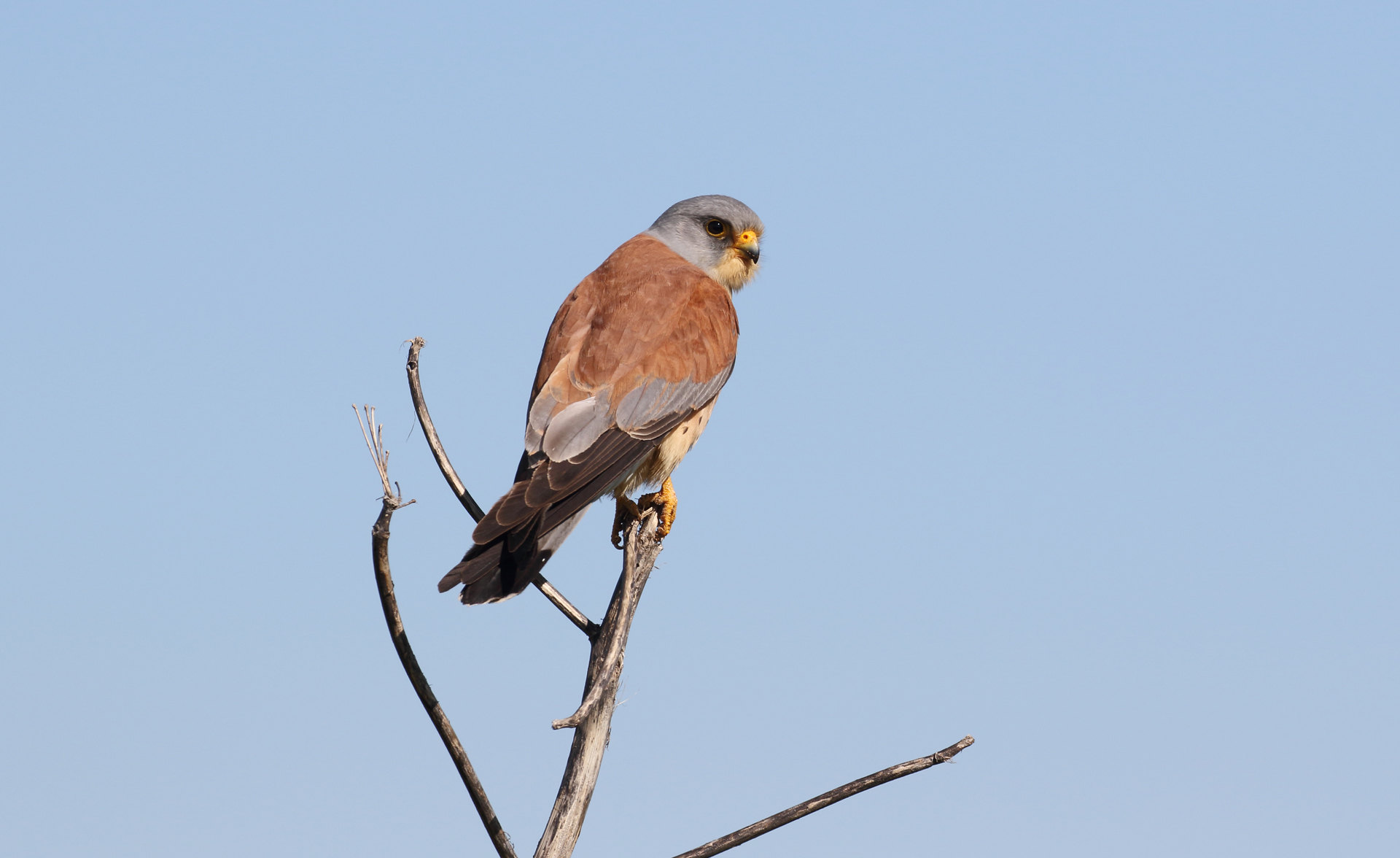
CHECKLIST
- Mallard (Anas platyrhynchos)
- Eurasian Teal (Anas crecca)
- Northern Shoveler (Spatula clypeata)
- Black-necked Grebe (Podiceps nigricollis)
- Little Grebe (Tachybaptus ruficollis)
- Great Cormorant (Phalacrocorax carbo)
- Cattle Egret (Bubulcus ibis)
- Little Egret (Egretta garzetta)
- Great Egret (Ardea alba)
- Grey Heron (Ardea cinerea)
- Glossy Ibis (Plegadis falcinellus)
- Eurasian Spoonbill (Platalea leucorodia)
- Black Stork (Ciconia nigra)
- Short-toed Snake Eagle (Circaetus gallicus)
- Black Kite (Milvus migrans)
- Red Kite (Milvus milvus)
- Western Marsh Harrier (Circus aeruginosus)
- Montagu’s Harrier (Circus pygargus)
- Common Buzzard (Buteo buteo)
- Eurasian Sparrowhawk (Accipiter nisus)
- Lesser Kestrel (Falco naumanni)
- Peregrine Falcon (Falco peregrinus)
- Water Rail (Rallus aquaticus)
- Eurasian Coot (Fulica atra)
- Black-winged Stilt (Himantopus himantopus)
- Common Ringed Plover (Charadrius hiaticula)
- Little Ringed Plover (Charadrius dubius)
- Grey Plover (Pluvialis squatarola)
- Dunlin (Calidris alpina)
- Little Stint (Calidris minuta)
- Common Greenshank (Tringa nebularia)
- Common Redshank (Tringa totanus)
- Spotted Redshank (Tringa erythropus)
- Wood Sandpiper (Tringa glareola)
- Common Sandpiper (Actitis hypoleucos)
- Ruff (Philomachus pugnax)
- Eurasian Curlew (Numenius arquata)
- Black-headed Gull (Chroicocephalus ridibundus)
- Mediterranean Gull (Ichtyaetus melanocephalus)
- Yellow-legged Gull (Larus michahellis)
- Feral Pigeon (Columba livia var. domestica)
- Wood Pigeon (Columba palumbus)
- Collared Dove (Streptopelia decaocto)
- Little Owl (Athene noctua)
- Pallid Swift (Apus pallidus)
- European Roller (Coracias garrulus)
- European Bee-eater (Merops apiaster)
- Common Skylark (Alauda arvensis)
- Crested Lark (Galerida cristata)
- Greater Short-toed Lark (Calandrella brachydactyla)
- Calandra Lark (Melanocorypha calandra)
- Barn Swallow (Hirundo rustica)
- Common House Martin (Delichon urbicum)
- White Wagtail (Motacilla alba)
- Yellow Wagtail (Motacilla flava)
- Tawny Pipit (Anthus campestris)
- Northern Wheatear (Oenanthe oenanthe)
- Western Black-eared Wheatear (Oenanthe hispanica)
- Blue Rock Thrush (Monticola solitarius)
- Sardinian Warbler (Sylvia melanocephala)
- Subalpine Warbler (Sylvia cantillans)
- Spectacled Warbler (Sylvia conspicillata)
- Cetti’s Warbler (Cettia cetti)
- Zitting Cisticola (Cisticola juncidis)
- Long-tailed Tit (Aegithalos caudatus)
- Eurasian Penduline Tit (Remiz pendulinus)
- Red-backed Shrike (Lanius collurio)
- Woodchat Shrike (Lanius senator)
- Eurasian Jay (Garrulus glandarius)
- Eurasian Magpie (Pica pica)
- Western Jackdaw (Corvus monedula)
- Hooded Crow (Corvus cornix)
- Common Raven (Corvus corax)
- Common Starling (Sturnus vulgaris)
- Italian Sparrow (Passer italiae)
- Spanish Sparrow (Passer hispaniolensis)
- European Goldfinch (Carduelis carduelis)
- Corn Bunting (Emberiza calandra)